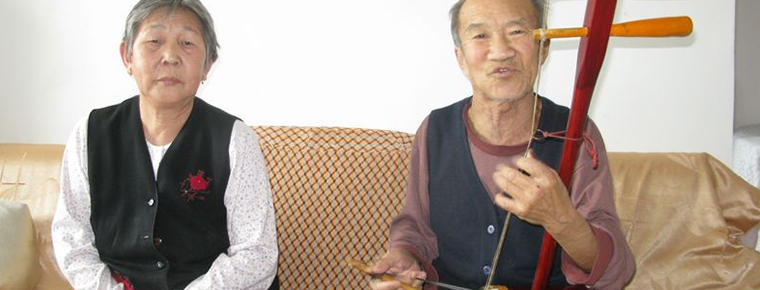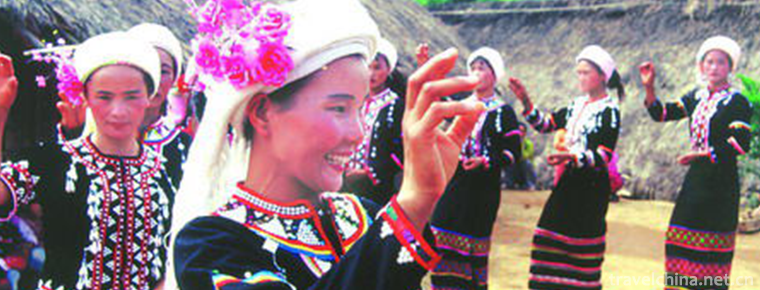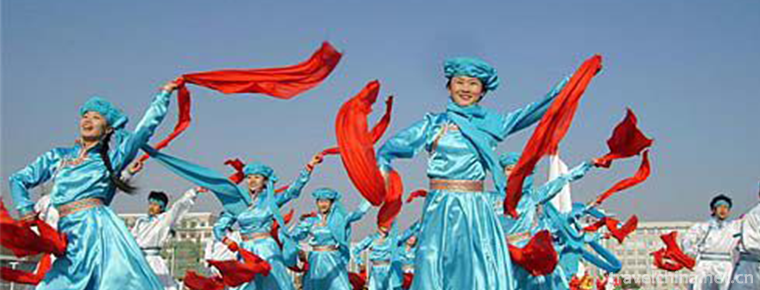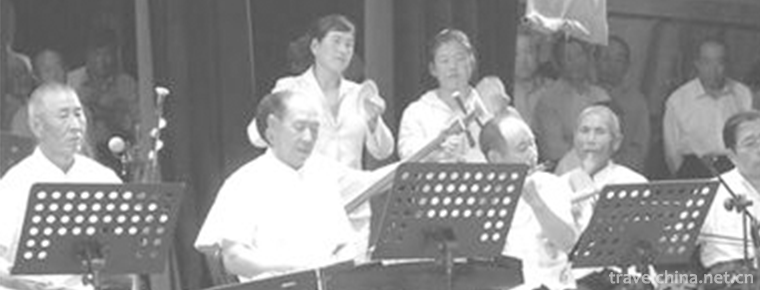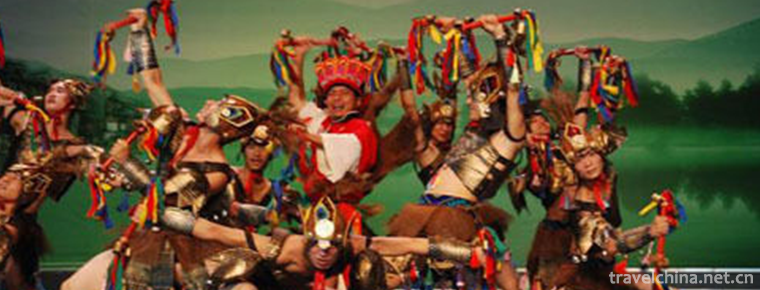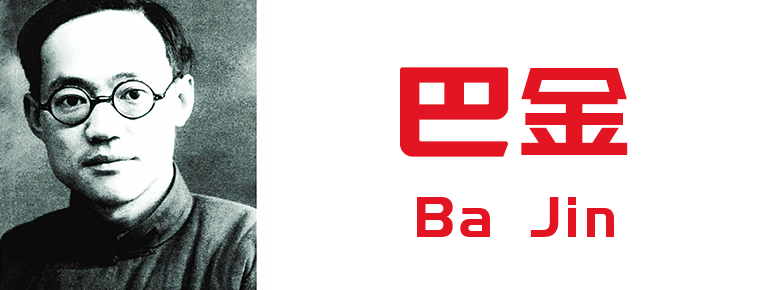Karajun Scenic Area
Karajun is Kazakh, meaning "the wilderness on the ridge". Karajun Mountain is a stretch of mountains from east to west. On both sides of it are hills with ravines and combs. The mountain plains fluctuate and fall, and there are dense primitive spruce forests. Everything here is in its original state, without any tourist facilities.
Geographical resources
Karajun-Kuokesu Scenic Area is located in the Tianshan Mountain in the south of Turks County, northwest of Xinjiang Uygur Autonomous Region.
Karajun grassland is located between 2000 and 3600 meters above sea level. It is an alpine meadow grassland with a width of about 25 kilometers in the north and south, a length of more than 40 kilometers in the East and west, and a total area of more than 1000 square kilometers.
Karajun grassland is rich in precipitation, cool climate and rich soil, which is very suitable for the growth of pasture.
natural resources
Karajun grassland is a typical "Five-Flower Meadow" grassland with hundreds of high-quality forage species. "Karajun" is Kazakh, meaning "the wilderness on the ridge". Karajun Mountain is a stretch of mountains from east to west. On both sides of it are hills with ravines and combs. The mountain plains fluctuate and fall, and there are dense primitive spruce forests.
The top of Karajun Mountain is a plateau landform that inclines southward, with fragrant grass withering and blooming flowers, like a stretching blue carpet, stretching all the way to the foot of the snow-capped mountain. Experts from FAO visited the grassland and dumped it. They believed that the Karajun grassland was one of the rare first-class natural grasslands in the world.
Every year from mid-June to mid-September is the golden season of Karajun grassland. At this time, about 200,000 livestock in Turks, Gongliu and other counties were transferred to this place to stay in the summer and catch fat. Even the delicate goats of Gonness Breeding Farm use this place for summer.
Main attractions
Karajun Grassland
The Karajun Mountains stretch across the Karajun grassland in an east-west direction, stretching for 42 kilometers. It is 25 kilometers wide and connected to Kafu Salang Valley in the north and Qiongkushitai in the south. The altitude ranges from 2000 to 2800 meters. The total area is 1050 square kilometers, of which 230,000 Mu is grassland, which belongs to high school mountain meadow grassland and can carry 150,000 animals. The comb-shaped valleys on both sides of the main mountain are densely distributed in the mountains.
There are the best mountains, meadows and grasslands in Ili, the winner of hot springs, the beauty of waterfalls, stone forests and the wonder of glaciers.
Experts from the FAO visited and dumped it as one of the world's few first-class natural grasslands.
Turks, Gongliu and other counties have about 200,000 livestock. Every year from June to September, they come here to stay in the summer and catch fat.
Even the delicate goats of Gonness Breeding Farm use this place for summer.
Karajun grassland is such an attractive place.
Passenger ropeway
Karajun passenger ropeway is located in Kuokesu Gorge, Karajun Scenic Area, Yili Tekes County, Xinjiang, about 23 km away from the county town. The Ropeway Station is a steel frame structure, with a total length of 680 meters, a drop of 380 meters, a total investment of 42.78 million yuan, covering an area of 5557.53 square meters, and a construction area of 4546.28 square meters. The construction projects include the station building on the ropeway, the station building under the ropeway, parking lot, green belt and ancillary facilities. At present, ropeway station operators have completed pre-job training, and obtained driving, maintenance, welding and other related operational qualifications.
The passenger ropeway in Karajun scenic area will be put into use formally in 2016, realizing the new experience of three-dimensional view in the air, laying a solid foundation for the development and construction of Karajun tourism.
Fairy springs
Crossing the Karajun Mountains is the Kwoksu Canyon, which runs through the Kwoksu River. Up the Kwoksu River, more than 60 kilometers from the county seat, there is a famous Alashan hot spring.
"Alashan" is Kazakh and Mongolian is "Alxian", which means "fairy water" that can cure diseases. Alashan Hot Spring is a recuperation resort with its elegant surroundings beside mountains and rivers.
According to the determination, the water temperature of Alashan hot spring is between 40 - 50 C, and there are many minerals in the spring water. Every summer is the best season for hot spring bathing. There are many bathers coming here.
Hutong Sara Falls
Boziader grassland in the upper reaches of the Kwoksu River is an Intermountain basin surrounded by iceberg and snow peaks. It is a famous mountain winter grassland.
Here is the famous alpine mountain waterfall - Hutong Sara Falls, which is also the largest waterfall in the depth of Tianshan Mountain. The so-called "Hutong" is the homonym of the Mongolian-occupied Chinese vocabulary "Hutong" and "Hutongsala" in Mongolian means "a Canyon like Hutong". Waterfalls lie on both sides of the canyon, rocky. Hutong Sarah Falls is more than 3200 meters above sea level, 6-7 meters wide, more than 30 meters down, magnificent and magnificent.
Stone Forest
Another scenic spot is the Stone Forest, the birthplace of the Kwoksu River, which is about 3,500 meters above sea level, about 9 kilometers long and 5 kilometers wide. The mountains and stones here are sculpted by nature into mysterious scenery with various forms and strange scenery. Some are like castles, some are like animals and pedestrians, and some are like tall and vigorous ancient trees. Stone forest landscape is strange, due to the scarcity of people, it is still a mysterious world.
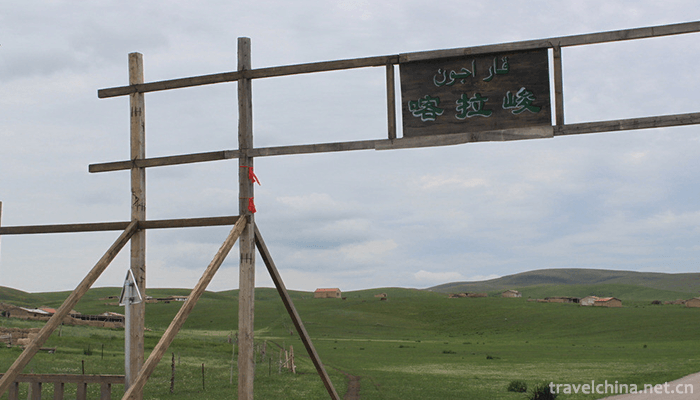
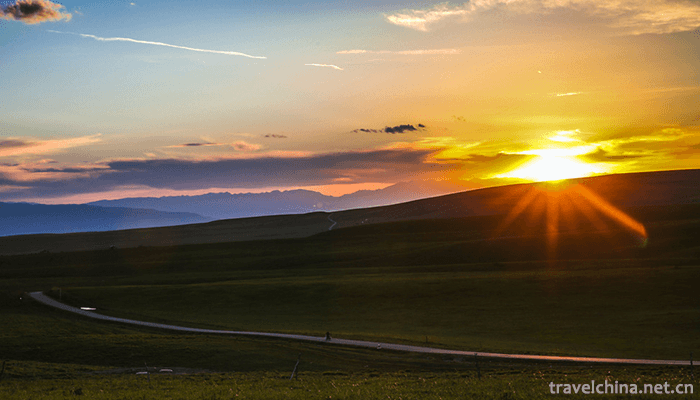
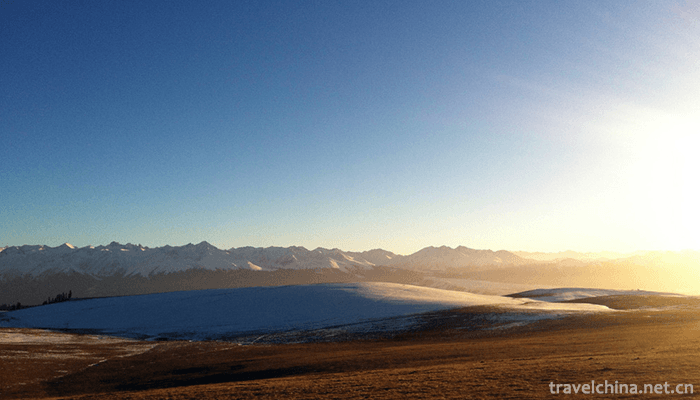


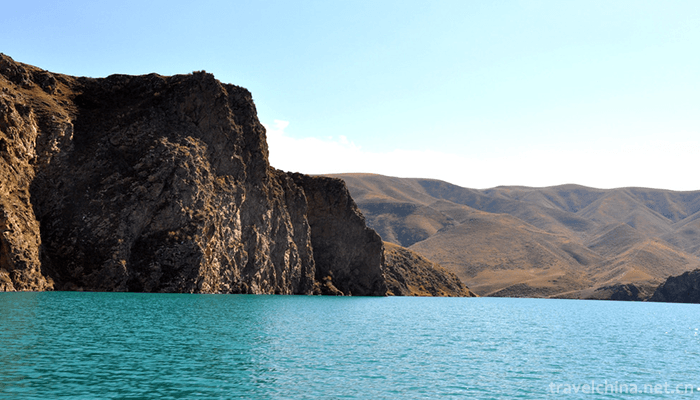
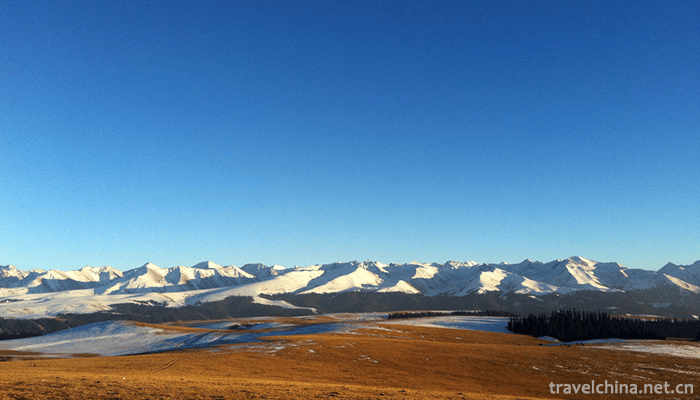
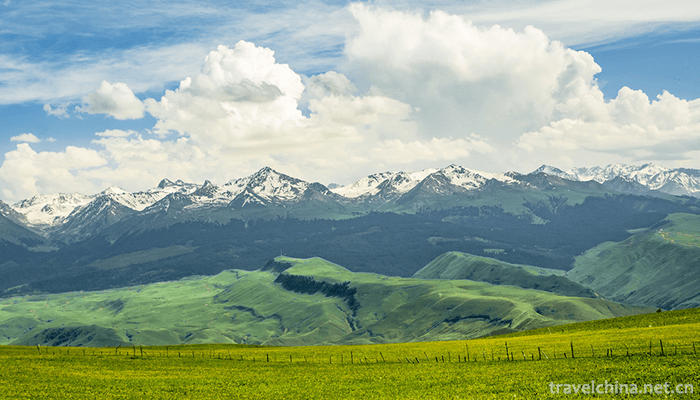
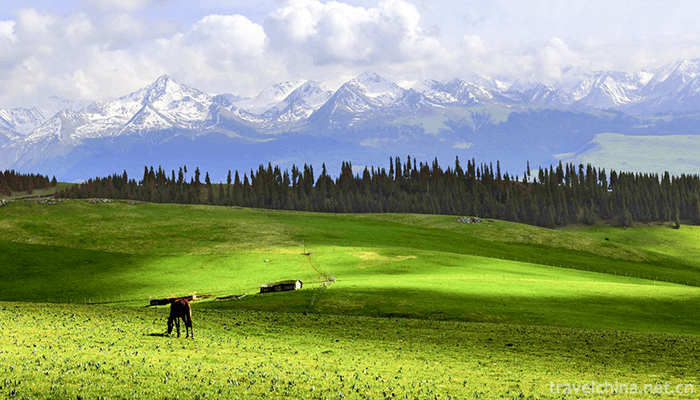
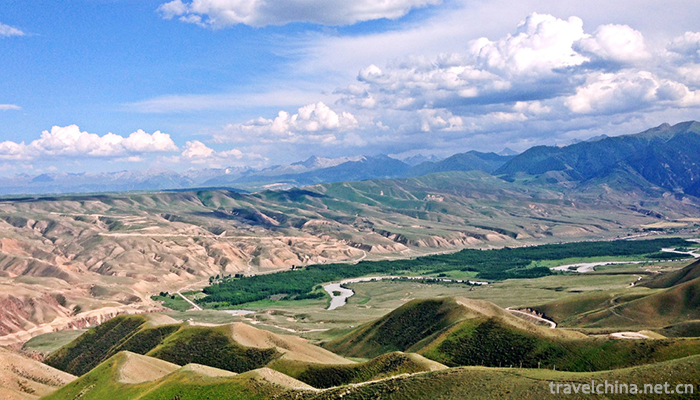
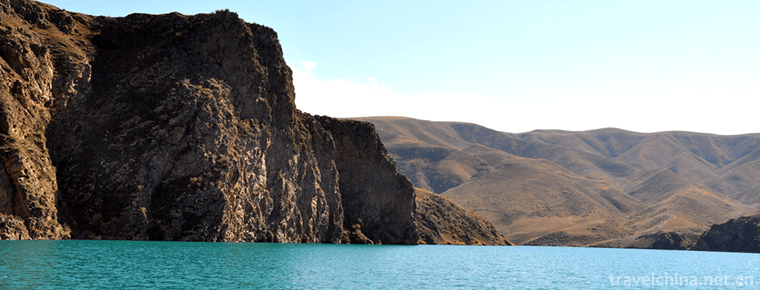
Karajun Scenic Area
-
Guanlan Mountain and Water Pastoral
Shenzhen Guanlan Mountain and Water Pastoral Tourist Park covers an area of 300,000 square meters. It is located in Guanlan Street, Longhua District. It integrates food, housing, hot springs
Views: 147 Time 2019-01-13 -
Daur Uqin
Daur Uqin, also known as "Wuchun", is a form of Daur folk art storytelling. It forms and prevails in Meilis Daur, Fulaerji, Fuyu and Longjiang counties of Qiqihar City, Heilongjiang Province
Views: 192 Time 2019-04-22 -
Lusheng Dance of Lahu Nationality
Hulusheng dance is a representative of the Lahu nationality. It mainly spreads in busy Nuo Township, Mengmeng Township, Dawen Township, Mengku Township and other Lahu villages in Shuangjiang
Views: 191 Time 2019-05-10 -
Five major tunes in southern Shandong
The five major tunes in southern Shandong, also known as Tan Ma Diao and Tan Ma Diao, are traditional folk song suites that are active in Tancheng County, Linyi City, Shandong Province, with Tan Town
Views: 422 Time 2019-05-15 -
Andai Dance of Mongolian Nationality
Andai Dance originated from the Kulun Banner. According to textual research, Andai Dance was formed in the late Ming and early Qing Dynasty. At that time, the Kulun system was "the unity of polit
Views: 161 Time 2019-06-03 -
Qinghai Yuexian
Qinghai Yuexian is also called Yuexian, Yueyue Diao, Back Diao, Yueyue Diao, Meihu, etc. Qinghai Vietnamese String is one of the traditional folk songs in Qinghai Province. It can be called the "
Views: 326 Time 2019-06-11 -
Legend of Su Dongpo
The legend of Su Dongpo is a group of traditional folklore stories evolved from the story of Su Shi, a great writer in the Northern Song Dynasty.
Views: 172 Time 2019-06-16 -
Tujia Nationalitys Quinone
"Tujia Diaoqu" is not only a wind instrument with peculiar structure, but also a genre of folk songs. At the same time, in Western Hunan, it is also the name of common music cards shared by
Views: 153 Time 2019-06-23 -
Youyang Folk Songs
Youyang folk song is a rich and colorful folk culture created and accumulated by the Tujia, Miao and Han people in Youyang Tujia and Miao Autonomous County of Chongqing in the long practice of product
Views: 142 Time 2019-07-14 -
Ba Jin
Ba Jin (November 25, 1904 - October 17, 2005), male, Han nationality , Sichuan Chengdu Man, his ancestral home Zhejiang Jiaxing 。 Ba Jin's original name Li Yao Tang And another pen name, Pei pole, bli
Views: 304 Time 2019-09-06 -
About Ding Zhen Video
In November 11th CCTV news and Oriental tiktok were put on a short video of the tremble. Ding Zhen, the "sweet boy" in the video, triggered a phenomenal network event with a transmission volume of more than 5 billion times. At the same time,
Views: 157 Time 2020-12-06 -
Guangan economy
In 2019, the GDP of Guang'an City will reach 125.04 billion yuan, an increase of 7.5% over the previous year (the same below). Among them, the added value of the primary industry was 20.43 billion yuan, an increase of 2.8%; the added value of the secon
Views: 366 Time 2020-12-19

